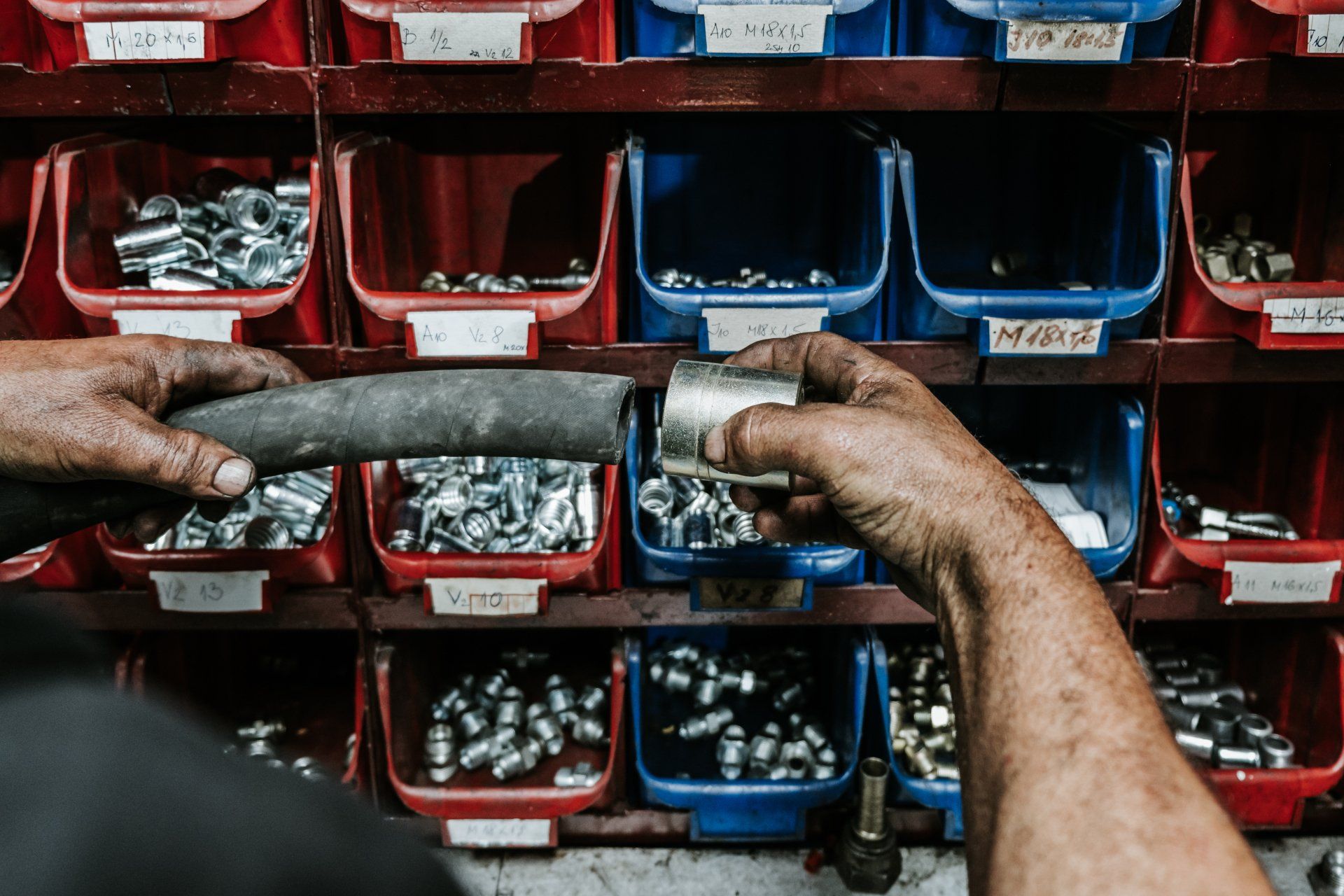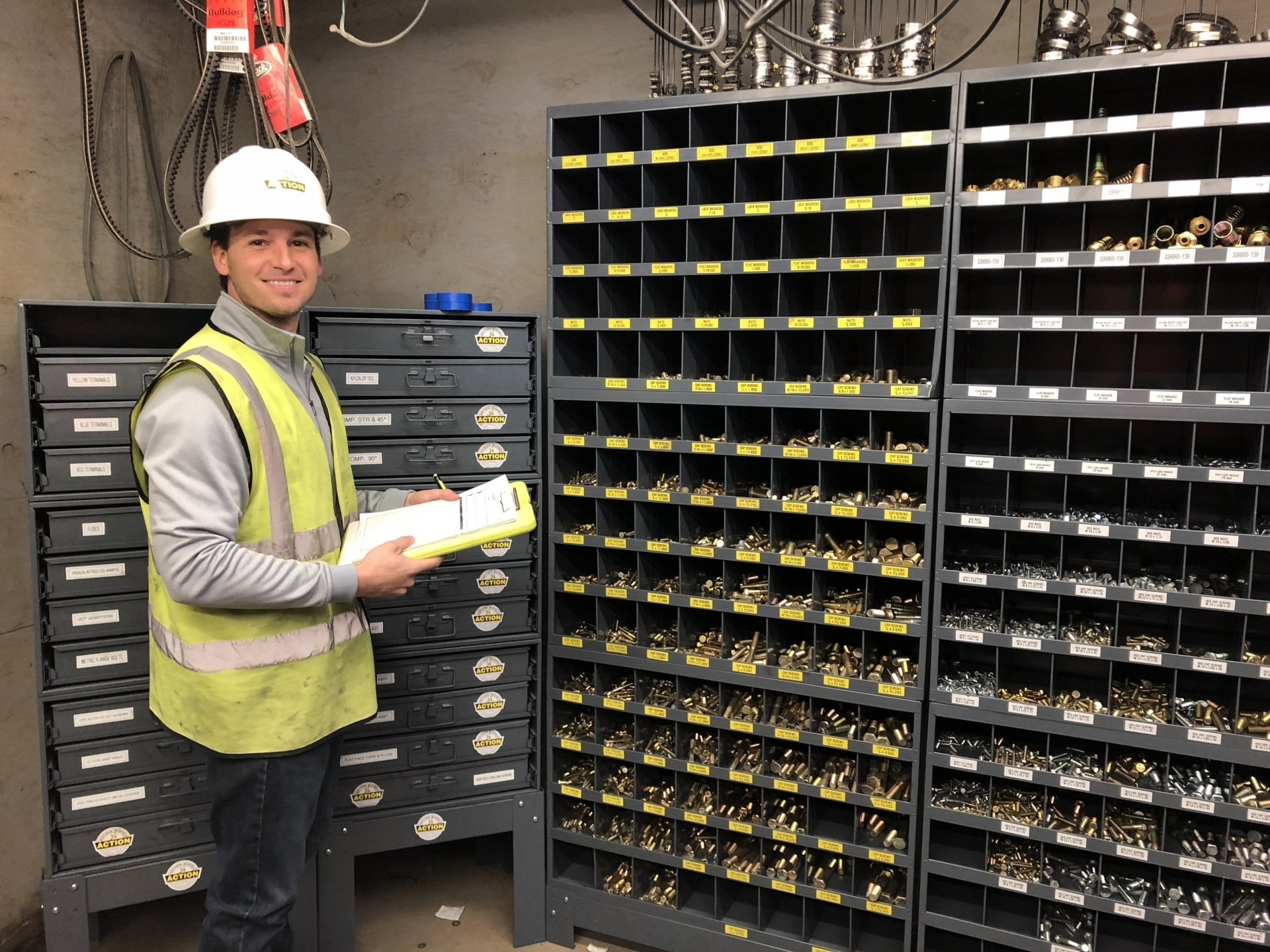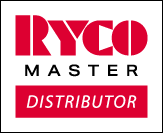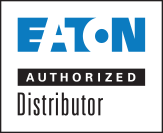Skills Electricians Need
If you’re considering becoming an electrician or are just launching a career, you might be wondering if you have what it takes to succeed. Consider this a checklist for all the essential qualities electricians must bring to their trade:
Physical Ability
You need a lean body that can handle sitting or standing positions for extended periods, dexterous fingers for working small wires, and good color vision to tell those wires apart. Unfortunately, this is a hard stopping point for some, but wires are typically color-coded, so you might have some issues if you can’t see the entire color spectrum through safety goggles.
Coordination
Having strong fingers is not enough. You need to know what your hands are doing even when you can’t see them. Good dexterity and skillful hand movements are essential, especially when wearing insulated safety gloves. Being able to work with machine parts easily is a must.
Concentration
Hundreds of things could go wrong at any second, leading to electrical damage, fires, or worse. You must have excellent concentration and block out all distractions to keep yourself focused on the task at hand. Whether you are rebuilding a machine, working with a component, or using a precision tool to rethread a wire, you might be putting yourself and the job in danger if you can’t work well without chatter or have trouble multitasking.
Spatial Reasoning
A good electrician can determine the aspects of a schematic design at a glance. Measuring distance and depth through walls or machines is crucial when working with components that can’t necessarily be placed directly in front of you. You need to be able to correctly judge the added distance a pair of work-safe pliers might bring when on the other side of a wall or around a corner where it’s safest for you to work.
Safety Consciousness
Otherwise known as “common sense,” adhering to and understanding the rules of safety that keep you and your coworkers alive is a constant must-have. It bears repeating because so many have seen it lacking on work sites. Always have appropriate safety gear, adapt up depending on the job site and keep others safe as well.
Situational Comprehension
Not every job is the same. Even getting called on to do the same kind of work might be vastly different between job sites. Always stay aware of the basics and know how to adapt to new situations as they come up. You might be in more danger than you expected or need tools you hadn’t planned to use. You must analyze all problems calmly and adapt to your environment as needed.
Stay Equipped
An electrician without his tools is ill-prepared for the job at hand. You need to keep your gear up to date and well-maintained for any kind of electrical task. And borrowing tools from your coworkers is never a viable option. Keep your own set of high-quality tools and ensure they are always under your control at all times.
When you’re ready to work, Action Supply is here to support you. Check out our selection of
protective work gear today.





